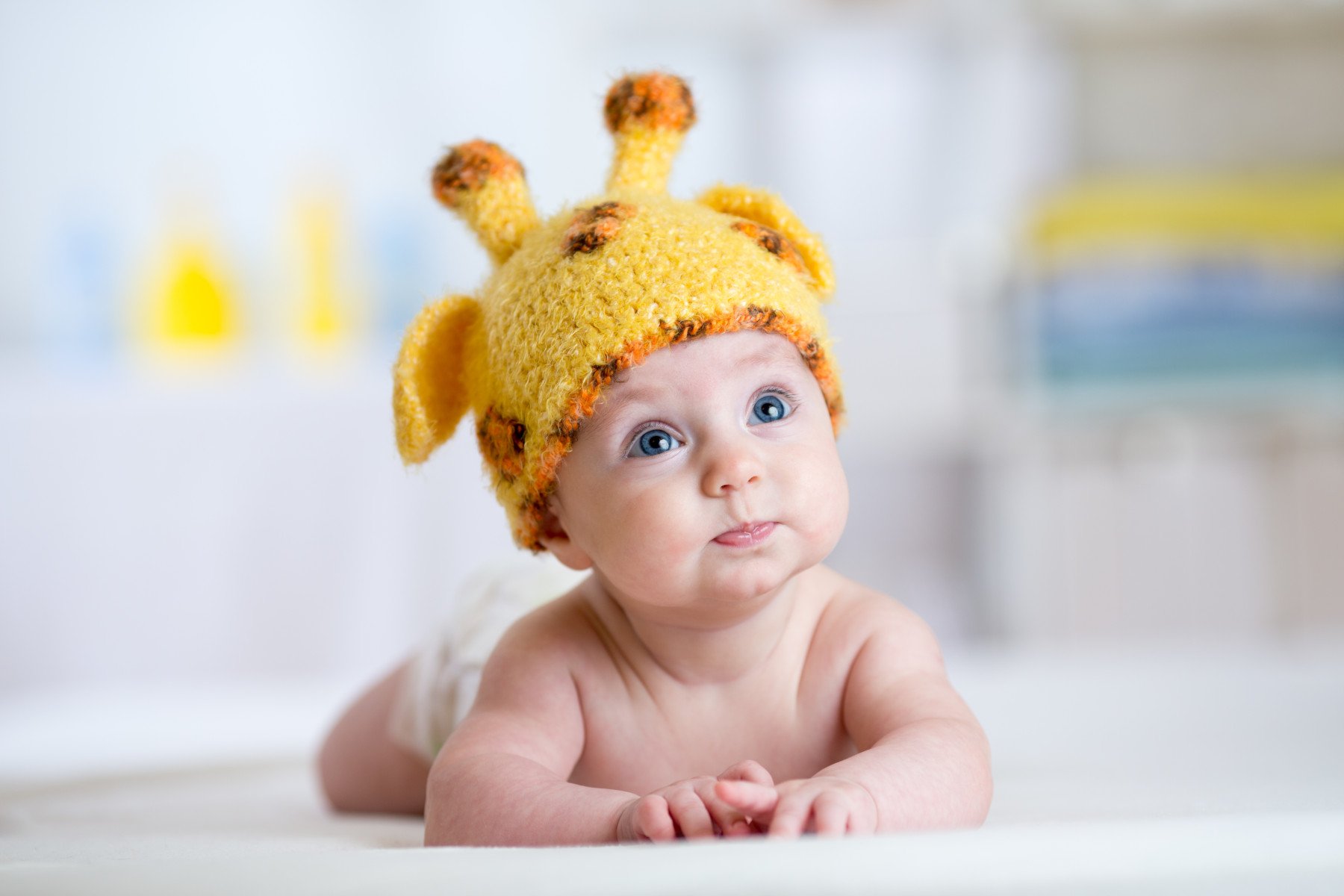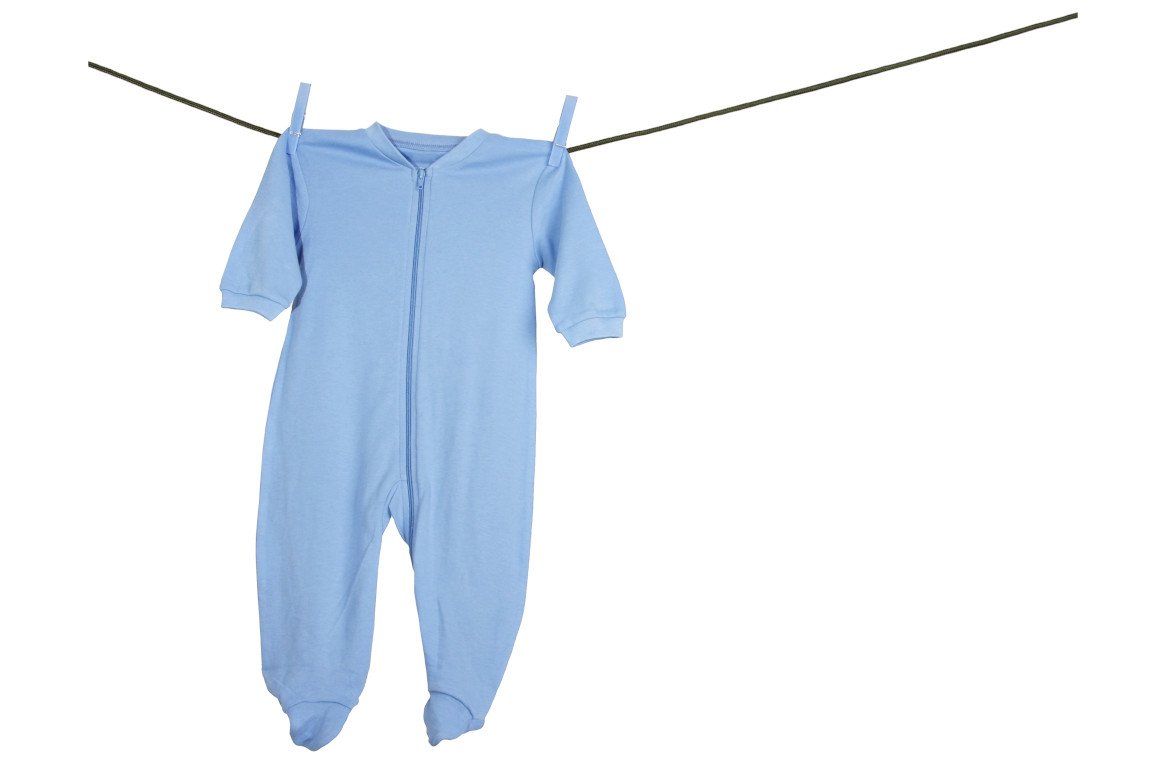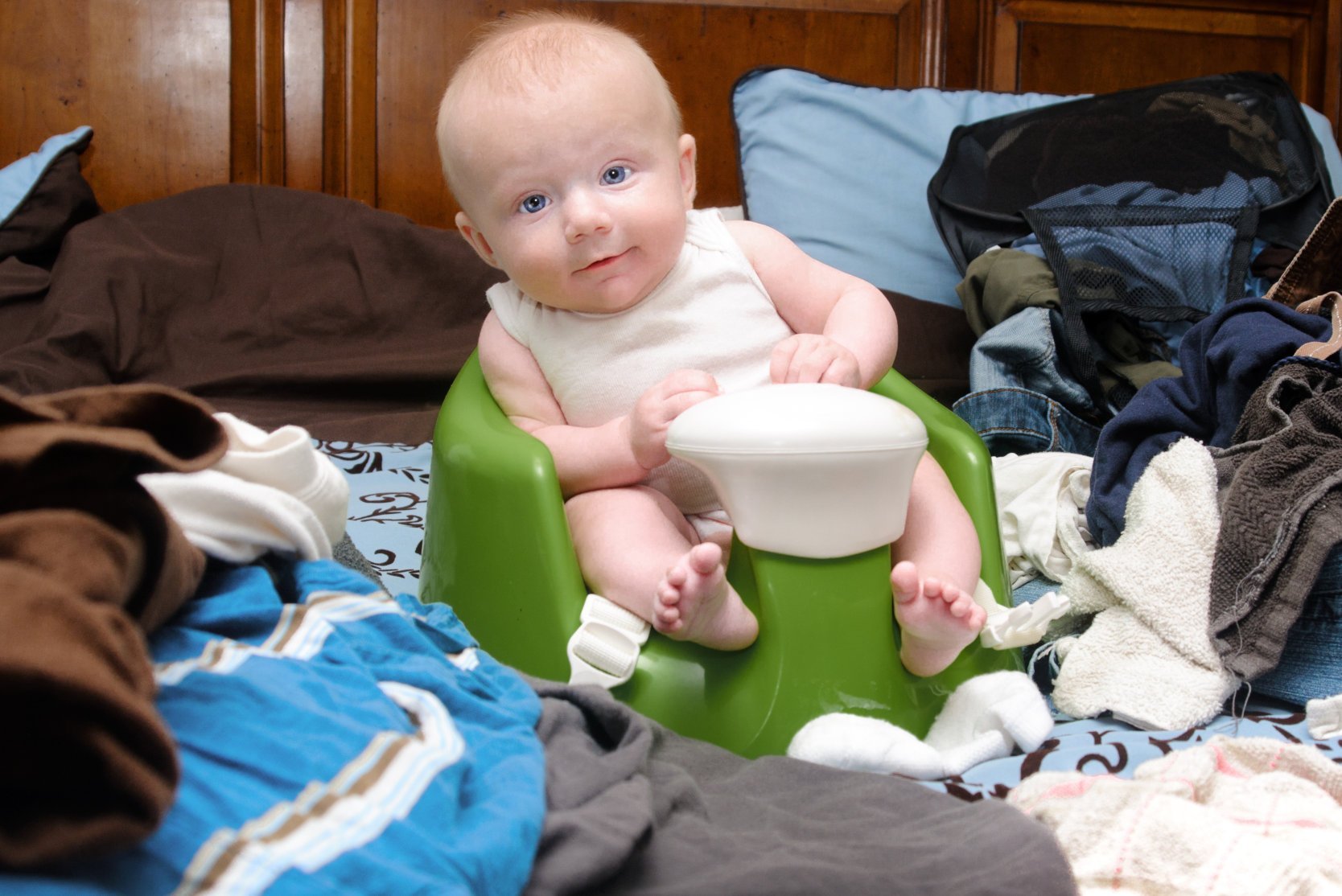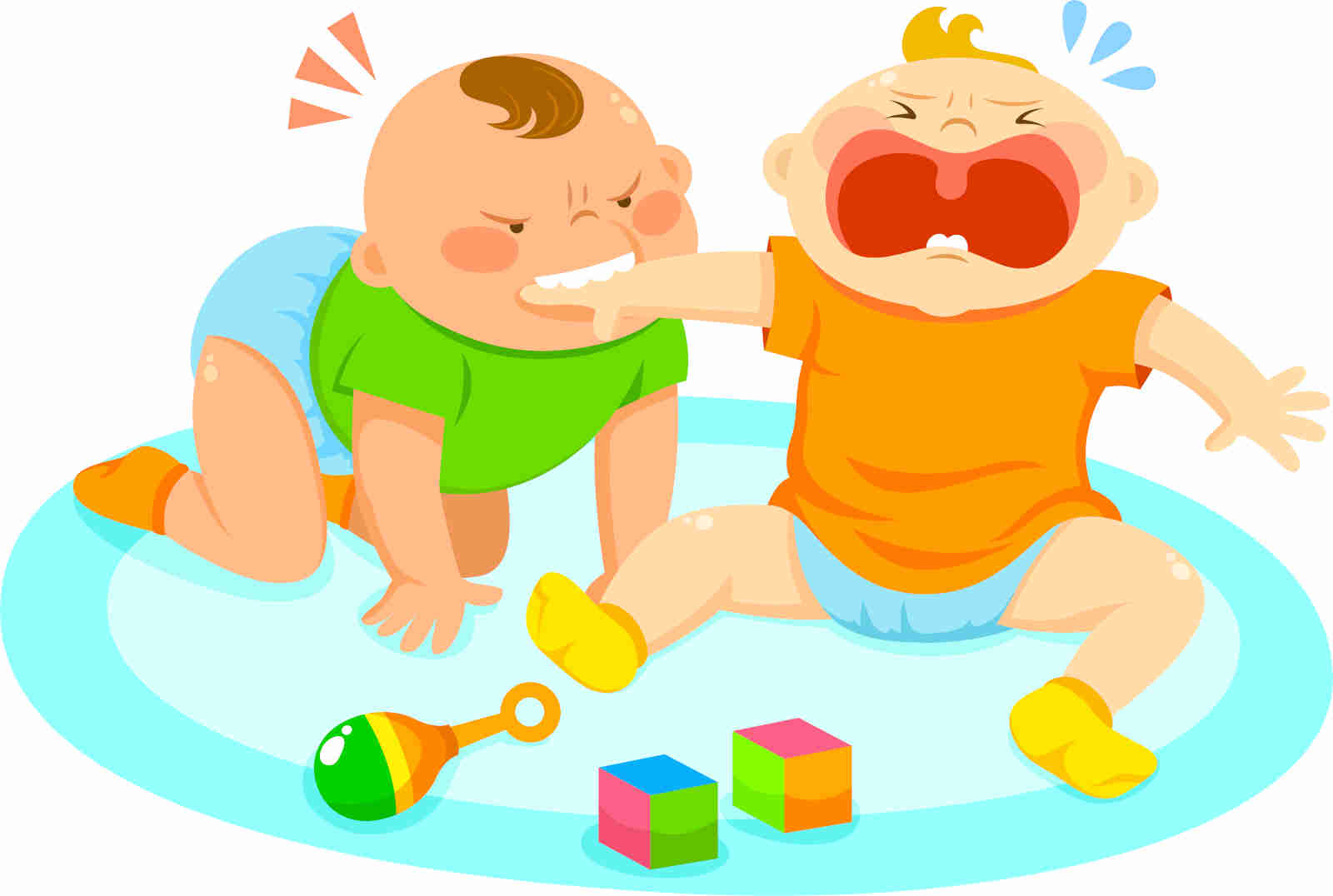One reason for this is because following trauma, your sensory systems often over-register incoming information because they become set on high alert to monitor for danger. This makes it difficult to ignore things and you can become easily agitated and stressed by things like smells, noises, bright lights or even the movements someone is making.
Not only is your sensory system more sensitive but the bit of your brain that helps you ignore things and focus on something else is also not working as well to help you ignore the sensory input. This therefore creates the perfect storm of greater detection and reduced ability to switch off from it.
In this scenario, it can often feel easier to pull away from everyday life just to cope, which is understandable. It’s worth knowing that one of the great thing about your brain is that it can change and rewire to form new patterns and habits.
One thing you can do to help your nervous system is give yourself lots of regulating sensory input at home or during times of relaxation.
There are some fairly simple things you can do using sensory inputs to help you feel calm and relaxed. Sensory needs are different for each individual, but one tool that is quite universal in terms of helpful input is using deep pressure. This can be in the form of using a weighted object or getting a deep pressure massage. Some people don’t want to be touched, as this is triggering for them, but using a cushion filled with rice and placing it on your lap can help – weighted pressure through the shoulders is also worth trying.
This may not work for everyone, but it is easy to try and can be something you can use at home to help your sensory system be more calm and regulated. The more your system has good experiences in this way, the more you will be able to access calm states more when you’re anxious or low. Change doesn’t happen overnight but if you keep giving your system what it needs it will adapt and recover.










